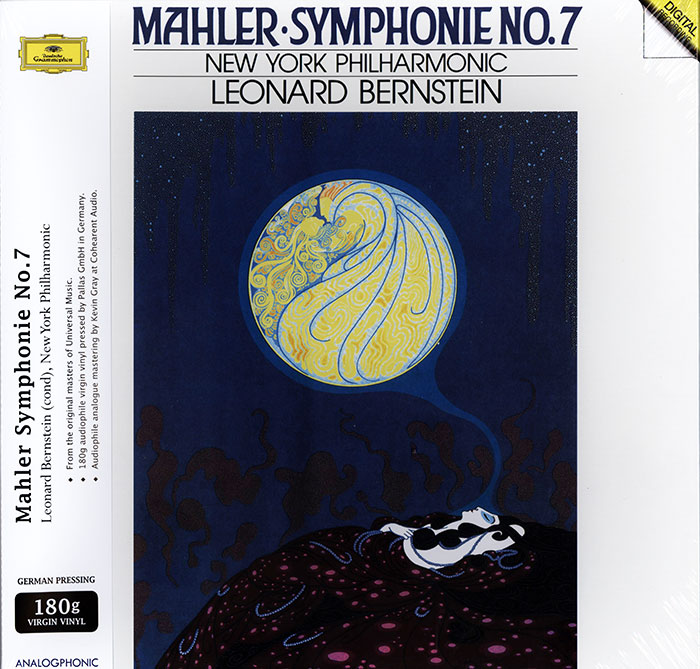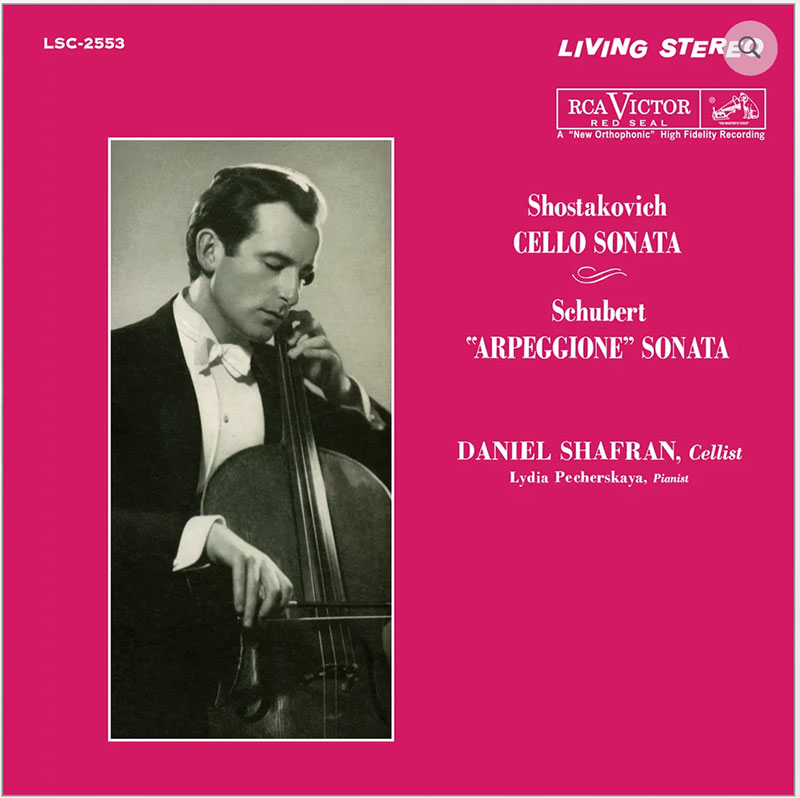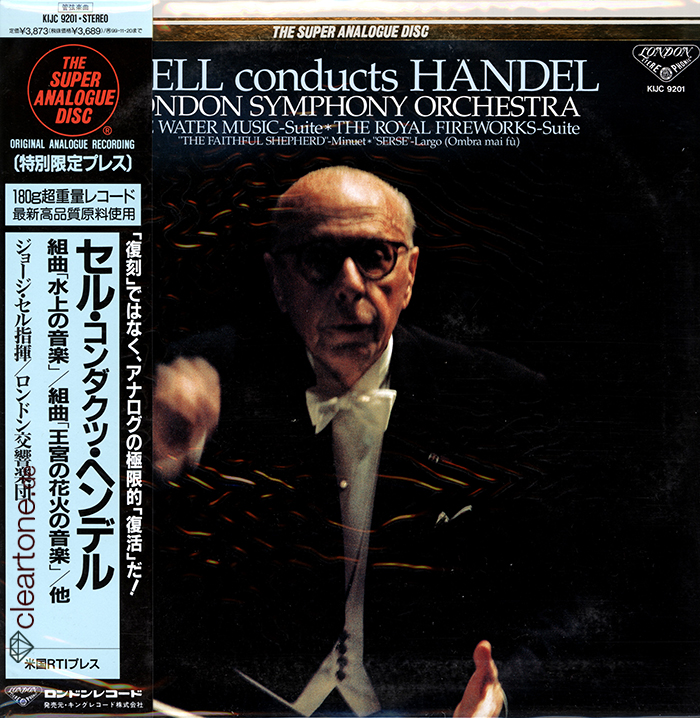Logowanie
Mikołaj - ten to ma gest!
Elton John, The Mamas & The Papas, Cat Stevens, Rod Stewart, Bobbie Gentry, Stevie Wonder, Engelbert Humperdinck
Memory Lane
Edycja Numerowana - 1000 egzemplarzy w skali światowej
RACHMANINOV, Eiji Oue, Minnesota Orchestra
Symphonic Dances / Vocalise
Best Recordings of 2001!!! NAJCZĘŚCIEJ KUPOWANA PŁYTA Z RR!
Karnawał czas zacząć!
Music of Love - Hi-Fi Latin Rhythms
Samba : Music of Celebration
AUDIOPHILE 24BIT RECORDING AND MASTERING
CHOPIN, LISZT, DEBUSSY, DVORAK, Gerhard Oppitz
Dances romantiques - A fantastic Notturno
Wzorcowa jakość audiofilska z Clearaudio
Winylowy niezbędnik
ClearAudio
Double Matrix Professional - Sonic
najbardziej inteligentna i skuteczna pralka do płyt winylowych wszelkiego typu - całkowicie automatyczna
MAHLER, Leonard Bernstein, New York Philharmonic
Symphonie No. 7
- Leonard Bernstein - conductor
- New York Philharmonic - orchestra
- MAHLER
EDYCJA LIMITOWANA
It has been said that Leonard Bernstein was always searching for immortality and in the music of Gustav Mahler, he found it. No matter how much you acknowledge the mythification of these two great musicians, the recorded legacy that Bernstein has left behind simply corroborates the special connection he had to Mahler's music. Mahler's symphonic forms are massive, and without proper guidance they can seem aimless. This is especially true of the 7th symphony, which has baffled musicologists and conductors alike. Bernstein and the New York Philharmonic, perhaps feeling the presence of Mahler himself--he too conducted this orchestra--imbue the symphony with passion, sarcasm, irony, triumph and chaos, letting contrasting emotional ideas flow into each other like meandering thoughts. The symphony is shaped like an arch, with the central scherzo being the most important. Bernstein creates a chamber music atmosphere in the inner three movements, thereby allowing the last movement to be an answer to the first. To perform Mahler well is to see the end from the beginning, the way a sculptor must see the image trapped inside a block of marble. This recording is one of Bernstein's many artistic masterpieces. "No one quite approaches Bernstein's account of [the third] movement in his recent New York recording for DG." -- Gramophone [8/1987] "I sorely miss the fevered brow of Bernstein (DG)... [T]he Rondo-Burleske...could still be leaner and meaner a la Bernstein (DG)..." -- Gramophone [10/1992, reviewing other recordings of the Mahler Seventh] "Bernstein (DG) had the right idea in treating [the first movement] more as a kind of Charles Ivesian collage—making a virtue out of anarchy, if you like. The symphony sounds more extraordinary in his hands." -- Gramophone [3/1996} Leonard Bernstein - w naszej ofercie
































